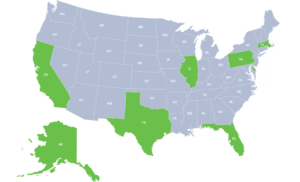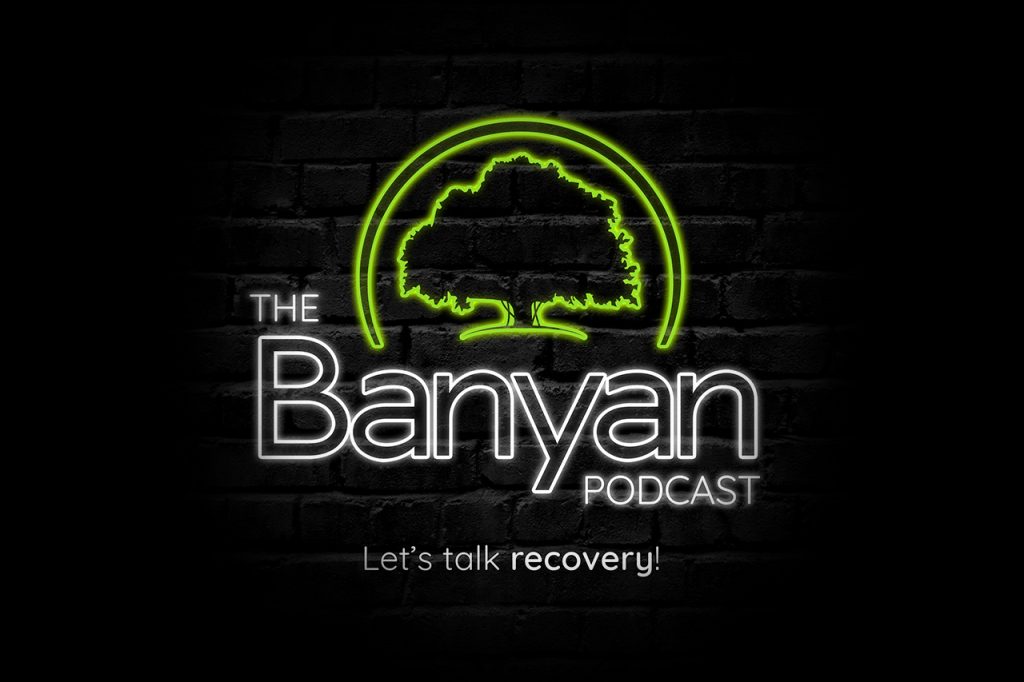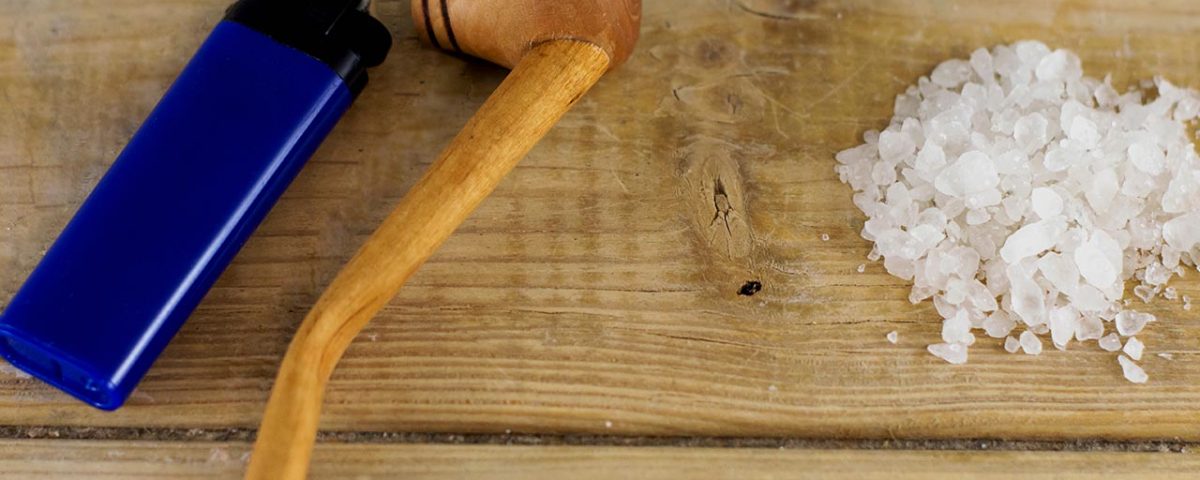Also known as “Animal Trank,” “Rocket Fuel,” and “Angel Dust,” PCP (Phencyclidine) is a hallucinogenic or dissociative drug that’s often abused for its ability to produce a delusional and mind-altering high.
According to the National Household Survey on Drug Abuse, an estimated 6 million Americans aged 12 and older used PCP at least once in their lives.1 Another report shows that PCP-related emergency room visits increased by over 400 percent between 2005 and 2011.2 Banyan in Pompano Beach, Florida is well aware of the growing rate of PCP drug use and its repercussions. Because drug use of this kind is not as televised as the opioid epidemic, we wanted to share the history of PCP to give you a better idea of how it works and its dangers.
A Brief History of Angel Dust
The abbreviation “PCP'' originates from the formal name of the drug, phencyclidine or phenylcyclohexyl piperidine. The history of PCP (angel dust) began in the 1950s when it was first synthesized by Michigan chemist Victor Maddox, after which it was marketed as an anesthetic pharmaceutical drug in the 1950s by Parke, Davis, and Company (now a subsidiary of Pfizer). Known as Sernyl at the time, it was eventually recommended for and later used in clinical trials on people in 1957. Afterward, PCP was used as a surgical anesthetic and eventually an animal tranquilizer in veterinary practice.
PCP was widely embraced when it was first introduced to the medical field because it acted as an effective anesthetic without negatively impacting the heart and lungs. However, as with many other drugs, the adverse side effects of PCP were soon discovered, including psychosis, anxiety, paranoia, and dysphoria. As a result, it was discontinued in 1965 for medical practice on people, and by 1967 it was restricted to veterinary practice. It was during this decade that PCP entered the streets as an addictive and popular recreational drug.
The first reports of PCP abuse in the United States started in the 1960s in Haight Ashbury, San Francisco, a district known for being a hub of the hippie movement. This movement and decade are both recognized as peak points in the history of PCP drug use. As the culture of psychedelic drugs formed, PCP became a popular substance for its mind-altering side effects and various forms of use. PCP is sold in many forms, including white powder, crystal, tablet, capsule, and liquid. This means the drug can be snorted, smoked, or injected. Most often, however, PCP is smoked with marijuana or tobacco, which can also produce adverse side effects on their own. The hallucinogenic drug is mainly smoked via PCP-soaked cigarettes called “dippers,” which usually cost just $20.
Although it was popular in the 1960s and 1970s, PCP use declined in America in the 1980s due to the widespread abuse and availability of crack cocaine. Those who did continue abusing angle dust in this decade were mostly teenagers and young adults in central metropolitan areas, such as Baltimore, Chicago, Detroit, Los Angeles, New Orleans, New York City, San Diego, San Francisco, St. Louis, and Washington, DC. But it doesn’t end there. Recent emergency room visits related to PCP toxicity and reactions have indicated to law enforcement and drug agencies that this form of drug abuse isn’t gone.
Hospital visits involving angel dust are particularly concerning because out of all the illicit drugs that cause hallucinations, PCP is believed to be the most dangerous, and it is especially known for inducing violent behavior. Although angel dust is generally understood to be a dangerous drug, authorities claim that today’s generation may be more likely to experiment with it and similar drugs like MDMA and LSD as a result of “generational forgetting”.2 Unfortunately, PHP drug treatment (partial hospitalization program) has become more necessary as cases of people on PCP have increased again during the COVID pandemic.
Is PCP Still Around?
Yes, PCP is still around, but interestingly enough, it doesn’t extend past the U.S. While places like Maryland and Washington D.C. may be hotspots for angel dust, it’s almost unheard of in neighboring areas like Baltimore. But why? Unlike many other illicit drugs, PCP is almost entirely restricted to the U.S. One reason seems to be that angel dust is not a very “user-friendly” drug. It’s difficult to dose accurately, and the effects are usually unpleasant when taken in high doses. Most people who take too much PCP or overdose on it do so accidentally.
Additionally, PCP’s geographically-specific use displays that drug use is often cultural and reliant on local drug markets and supply networks. For instance, not everyone purchases drugs online or knows how to. This is why Desomorphine or Krokodil is mainly restricted to Russia. Ultimately, the history of PCP shows that drug use is heavily dependent on where you live. While some drugs are more common in certain areas than others, that doesn’t mean that anyone is immune to addiction.
The team at Banyan Treatment Centers Pompano has years of experience in treating people with drug and alcohol addictions. More often than not, a life-changing addiction begins with what’s considered to be harmless experimentation with drugs. If you’ve fallen into the cycle of substance abuse or know someone who has, don’t wait to get help. Call our drug rehabilitation center now at 888-280-4763 to find out about our drug treatment in Pompano Beach.
Source:
- Justice - PCP Fast Facts
- SAMHSA - The DAWN Report: Emergency Department Visits Involving Phencyclidine (PCP)
Related Readings:




















